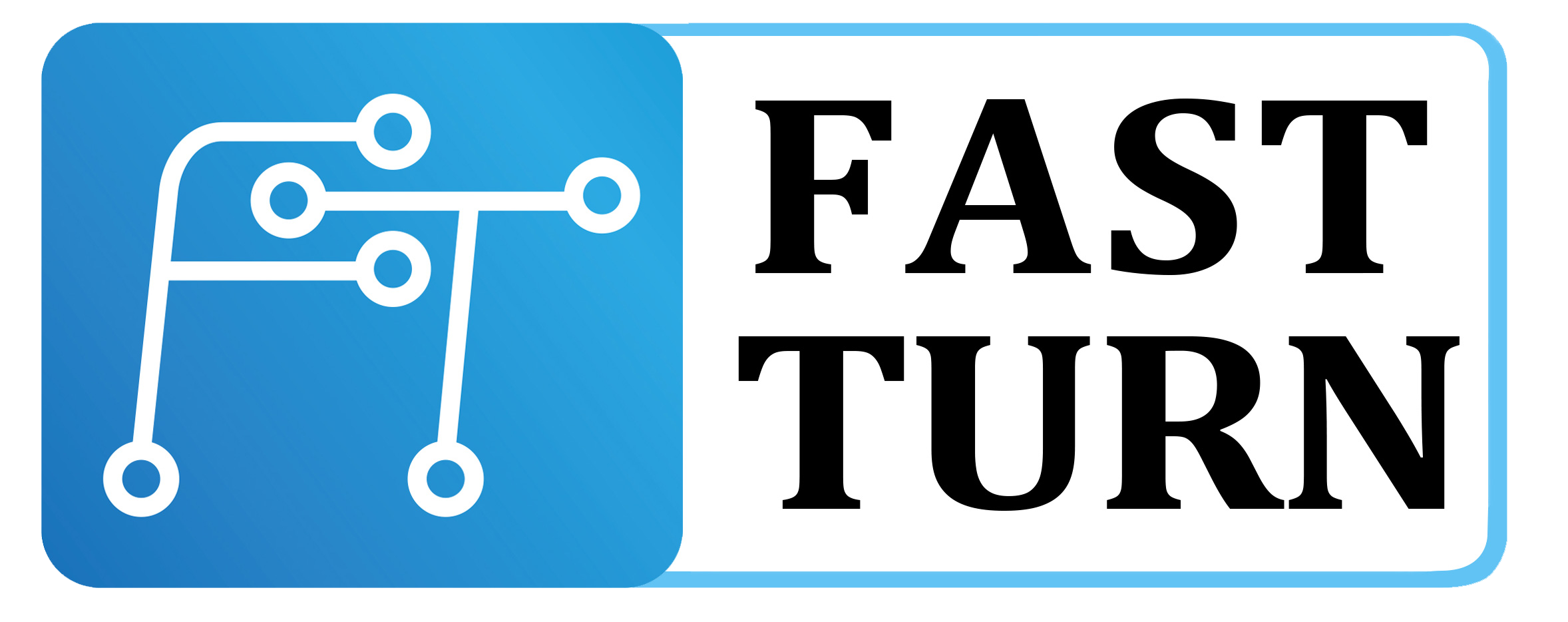NEWS

What is the difference between PCB gold deposition and tin deposition processes
In the PCB manufacturing process, surface treatment technology is particularly critical, among which gold deposition and tin deposition are two common processing methods, each with unique advantages and application scenarios.

What are the main equipment of SMT production line
SMT surface mount technology is a new generation of electronic assembly technology that evolved from hybrid integrated circuit technology. It takes surface mount technology and reflow soldering technology as its core, greatly promoting the miniaturization and multifunctionality of electronic products.

Reasons for PCB soldering defects
Reasons for PCB soldering defects: 1. The solderability of circuit board holes affects the soldering quality; 2. The composition of the solder and the properties of the solder material being used; 3. Welding temperature and cleanliness of metal plate surface; 4. Welding defects caused by warping; The design of the circuit board affects the quality of soldering.

How to choose between PCB hard board and FPC soft board?
In summary, the selection of PCB hard board and FPC soft board should comprehensively consider factors such as application scenarios and requirements, product design and layout requirements, cost and production cycle, reliability and maintenance costs, as well as technology and manufacturing processes.

The key steps of SMT surface mount
SMT surface mount processing is a key technology in electronic manufacturing, involving steps such as PCB production, component preparation, steel mesh printing, mounting, reflow soldering, quality inspection, cleaning and post-processing, and finished product testing.

What should be noted during the production process of automotive PCBA circuit boards
Automotive PCBA is different from conventional PCBA in that it does not require high product quality and must comply with the IATF16949 automotive quality management system standards. Today, let’s learn about the things to pay attention to during the production and processing of automotive PCBA circuit boards.

Pre processing steps of PCB board in SMT surface mount processing
In SMT surface mount processing, PCB board pre-processing inspection includes appearance, solder pad pins, component silk screen inspection, cleanliness and anti-static treatment, and advanced testing technology. Strictly control to ensure quality and lay a solid foundation for processing.

Which electronic components are suitable for SMT surface mount processing
SMT surface mount processing technology is widely used in the production and processing of various electronic components due to its advantages of high efficiency, precision, and low cost. From resistors, capacitors, inductors to diodes, transistors, and integrated circuits, almost all common types of electronic components are covered.

Four factors affecting the stability of PCBA cleaning process
PCBA cleaning is divided into two stages: SMT and THT . Through cleaning, the accumulation of surface contaminants on the product during processing can be removed, reducing the risk of surface contamination and reliability reduction.

The difference between high-speed PCB and ordinary PCB
High speed PCB refers to PCB with signal frequency exceeding 100MHz or signal transmission rate exceeding 1ns (nanoseconds).

There are differences in PCB between new energy electric vehicles and fuel vehicles
The difference between PCB of new energy electric vehicles and fuel vehicles: Electric vehicles use more PCB boards than fuel vehicles, and the PCB technology requirements of new energy electric vehicles are higher than those of fuel vehicles. The PCB design and manufacturing process of new energy electric vehicles are more complex and refined.

What standards should qualified SMT surface mount samples meet?
Qualified SMT surface mount samples need to meet the following standards: accurate placement of components, excellent soldering quality, compliance with industry standards, accuracy of component installation, stability and reliability testing, visual inspection, and convenient maintenance in the later stage.





